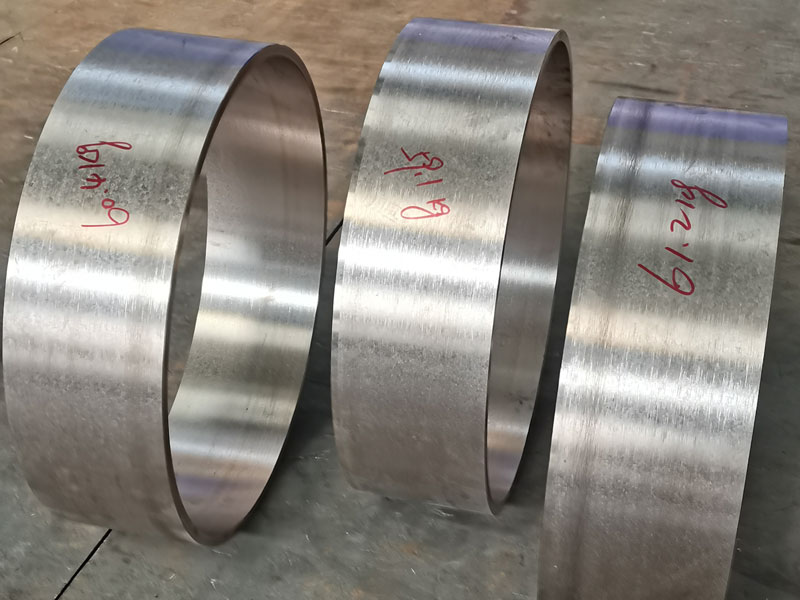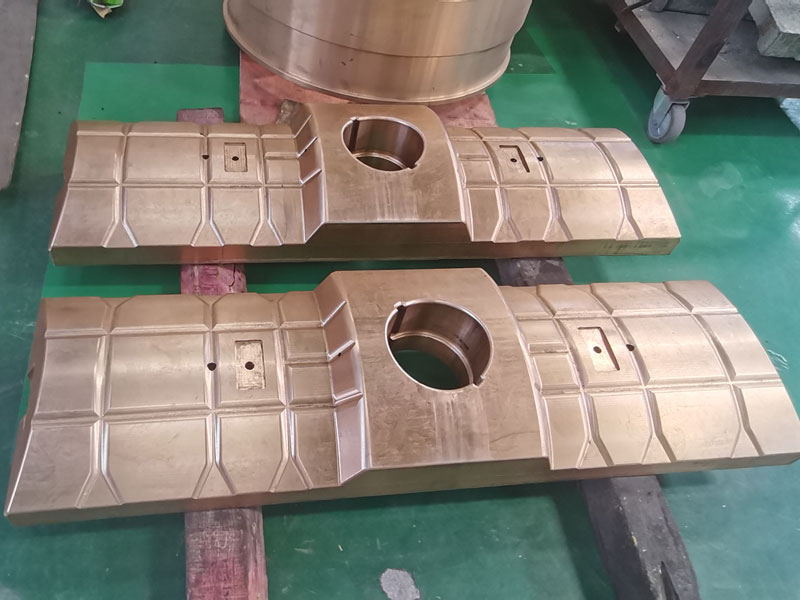Aluminum bronze and tin bronze are two different copper alloys that differ in many aspects. Here is a detailed comparison of the two alloys:

Main elements
Aluminum bronze: A copper-based alloy with aluminum as the main alloying element, and the aluminum content generally does not exceed 11.5%. In addition, appropriate amounts of iron, nickel, manganese and other elements are often added to aluminum bronze to further improve its performance.
Tin bronze: A bronze with tin as the main alloying element, the tin content is generally between 3% and 14%. The tin content of deformed tin bronze does not exceed 8%, and sometimes phosphorus, lead, zinc and other elements are added.

Performance characteristics
Aluminum bronze:
It has high strength, hardness and wear resistance, and is suitable for manufacturing high-strength and high-wear-resistant parts, such as gears, screws, nuts, etc.
It has good high-temperature oxidation resistance and corrosion resistance, especially in the atmosphere, fresh water and sea water.
Aluminum bronze does not produce sparks under impact and can be used to make spark-free tool materials.
It has excellent thermal conductivity and stable stiffness, and is suitable as a mold material.
Tin bronze:
It has high mechanical properties, anti-friction properties and corrosion resistance, and is easy to cut, has good brazing and welding properties, small shrinkage coefficient, and is non-magnetic.
Phosphorus-containing tin bronze has good mechanical properties and can be used as wear-resistant parts and elastic parts of high-precision machine tools.
Lead-containing tin bronze is often used as wear-resistant parts and sliding bearings, and zinc-containing tin bronze can be used as high-airtightness castings.

Application areas
Aluminum bronze: It is widely used in machinery, metallurgy, manufacturing, aerospace, and construction, especially in places requiring high strength, high wear resistance, and good corrosion resistance.
Tin bronze: Due to its good anti-friction and wear resistance, it is often used to make bearings and other parts that bear friction, and is also used to make valve bodies and other pressure-resistant parts.
Casting and processing
Aluminum bronze: It can be heat-treated and strengthened, and has good pressure processing in hot state, but it is not easy to braze when welding.
Tin bronze: It is a non-ferrous metal alloy with the smallest casting shrinkage, suitable for the production of castings with complex shapes, clear contours, and low airtightness requirements.

Precautions
When choosing to use aluminum bronze or tin bronze, the decision should be based on the specific application scenario and performance requirements.
The price and availability of aluminum bronze and tin bronze may vary depending on the region and market supply.
In summary, aluminum bronze and tin bronze have significant differences in major elements, performance characteristics, application areas, casting and processing. When choosing which alloy to use, the above factors should be considered comprehensively.



